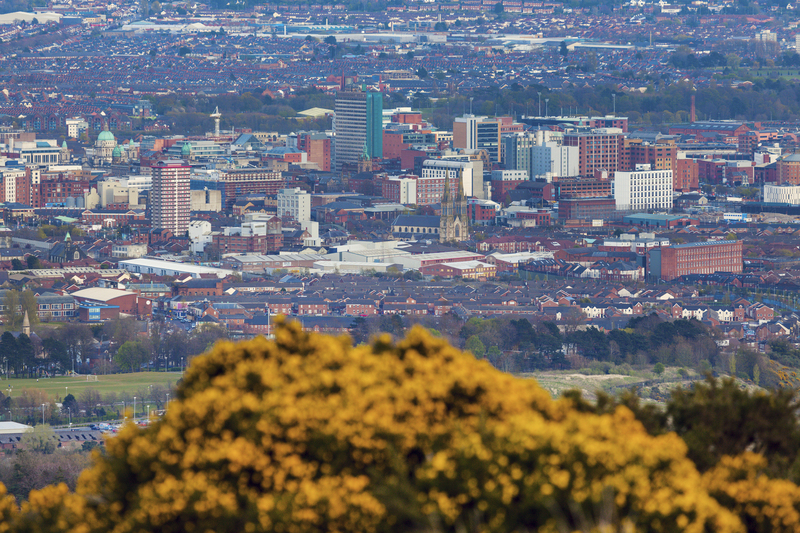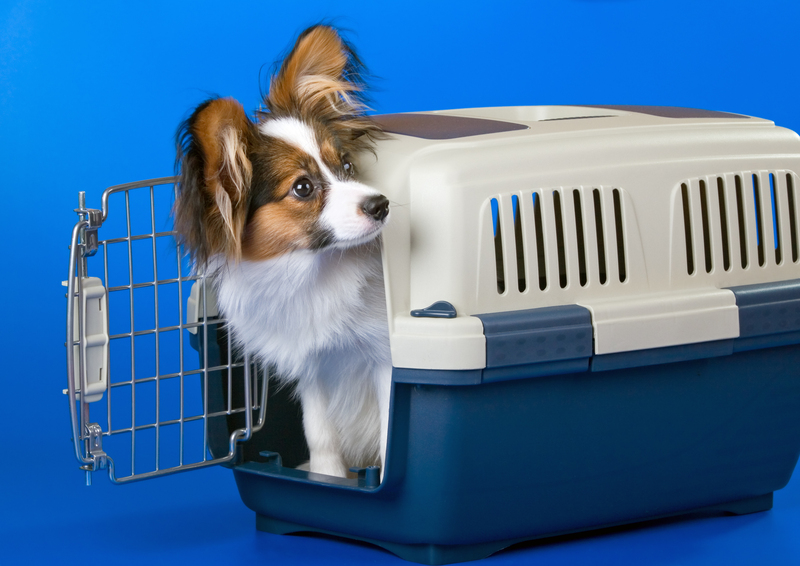The Step-by-Step Process Professionals Use to Move Pianos Safely
Piano moving is a specialized task that requires expertise, precision, and the right tools to ensure the instrument arrives at its new location unharmed. Whether it's a cherished family upright piano or a grand concert piano, professional movers employ a thorough, methodical approach to guarantee safety throughout the entire process. In this article, we'll explore the step-by-step process professionals use to move pianos safely, why expert piano movers are essential, and tips you should know before planning a move.
Why Is Moving a Piano So Challenging?
Pianos are not only heavy and bulky but also extremely delicate. An average upright piano can weigh between 300-500 pounds, while grand pianos may tip the scales at over 1,000 pounds. Their internal mechanisms are intricate, housing over 10,000 moving parts, making them susceptible to damage from even seemingly minor jostles.
- Size and Weight: The sheer mass requires specialized equipment and a coordinated team effort.
- Delicate Components: External finishes and internal mechanisms are sensitive to vibrations, shock, and temperature changes.
- Odd Shape: The uneven, bulky shape of pianos complicates handling and maneuvering through narrow spaces.
- Injury Risk: Without the right technique, people risk personal injury or damage to property.
Given these challenges, enlisting professional piano movers is the safest and most efficient way to move such a valuable instrument. Let's dive into the step-by-step process experts follow.

Step 1: Initial Assessment and Planning
Every successful piano relocation begins with detailed assessment and careful planning. Professionals will:
- Evaluate the Piano: They'll assess the type (upright, baby grand, concert grand), dimensions, and weight of the piano to determine necessary manpower and tools.
- Inspect Surroundings: Movers note obstacle points, narrow doorways, stairs, steep driveways, and tight corners at both origin and destination. They may take measurements to plan routes accurately.
- Create a Moving Strategy: Based on their findings, the team determines what equipment is needed and how many personnel will be required for a safe move.
Proper planning minimizes risks and ensures that the safety of both the piano and the property is maintained throughout the process.
Step 2: Gathering Equipment and Protective Supplies
Professional piano movers don't rely on brute strength alone. They come equipped with specialized tools designed to protect both the instrument and themselves, including:
- Piano Dollies: Heavy-duty dollies distribute the piano's weight, allowing smooth wheeling across floors.
- Moving Straps: Strong, cushioned straps help movers stabilize and control the piano during transit.
- Padding and Blankets: Thick moving blankets protect the piano's exterior from scratches, dents, and impact.
- Piano Sliders: These are used to gently slide pianos, especially grand pianos, over short distances without straining floors.
- Ramp Boards: When steps or stairs are involved, portable ramps facilitate easier and safer movement up and down.
- Toolkits: Sometimes, parts like piano legs, pedals, or music stands must be detached, requiring proper tools.
- Tape and Shrink Wrap: These materials secure blankets and covers, preventing slippage during transit.
The use of these tools is a hallmark of professional piano moving services.
Step 3: Prepping the Piano for the Move
Preparation is crucial in the piano moving process. Here's what the experts do before lifting a finger:
- Lock Down All Moving Parts: Close and secure the piano lid (sometimes with tape or specially designed locks) to prevent keys and internal components from shifting.
- Remove Detachable Pieces: Pedals, legs, and lyres--especially from grand pianos--are taken off to avoid breakage or unnecessary strain during handling.
- Wrap in Protective Padding: The entire piano, especially corners and legs, is wrapped with thick blankets, sometimes secured further with shrink wrap or tape.
- Floor and Wall Protection: Professionals also lay down runners or pads to safeguard floors and walls along the moving route.
This meticulous prep ensures each vulnerable part is shielded from bumps and impacts during the move.
The Importance of Removing Grand Piano Legs
For grand and baby grand pianos, removing the legs is often essential. Movers will:
- Carefully tilt the piano, usually requiring three or more professionals for support.
- Unscrew each leg in sequence, supporting the body with a dolly as each one is removed.
- Wrap each leg individually for safe transport.
This process prevents undue stress on the frame and reduces the risk of snapping a leg during movement.
Step 4: Maneuvering Through the Property
This stage requires finesse, strength, and teamwork. Here's how the pros move a piano safely through challenging environments:
- Coordinated Lifting: Using straps and proper posture, the crew carefully hoists or tilts the piano onto the dolly or slider.
- Slow and Steady Movement: They always keep the instrument upright (unless moving a grand piano on its side is necessary and safe) and proceed slowly to maintain stability.
- Team Communication: One person leads, giving clear directions, while others respond and support the weight.
- Handling Tight Spaces: In narrow hallways and doorways, the piano may be gently pivoted or momentarily tipped, but never forced.
- Managing Stairs: When stairs are involved, ramps are set, or the piano is carefully hoisted and carried several steps at a time to maintain control.
Professional piano movers are trained to adapt their methods to unique layouts and sudden obstacles, ensuring the instrument's integrity--and everyone's safety--remains uncompromised.
Step 5: Loading the Piano into the Moving Vehicle
Loading is a pivotal stage in the step-by-step process of piano relocation. Here's what it entails:
- Selecting the Proper Vehicle: Most professionals use trucks equipped with lift gates or sturdy ramps to handle the piano's weight.
- Securing in Transit: Once inside, the piano is placed against a stable surface, and heavy-duty straps secure it to prevent any shifting during transport.
- Additional Padding: Blankets and padding are inserted between the piano and surrounding items/walls to prevent pressure points or scratches.
Well-secured pianos are far less likely to encounter issues such as tuning instability or surface damage.
Step 6: Transporting with Care
During the drive, professional movers take extra precautions:
- Smooth Driving Habits: Movers avoid potholes, abrupt stops, and sharp turns to minimize vibration and shock.
- Climate Control: Many companies use climate-controlled vehicles, especially for long-distance transfers, to prevent wood warping or string tension changes.
- Constant Monitoring: The piano's position is checked before departure and sometimes at intervals during extended moves.
Safe and smooth transit is crucial to maintaining your piano's structural integrity and sound quality after the move.
Step 7: Unloading and Reassembly at the Destination
The arrival at the new home or venue marks the next critical phase:
- Reverse Loading Process: The piano is gently unloaded using ramps, gates, or coordinated lifting.
- Navigating New Obstacles: Movers inspect the route inside the new space, adjusting tactics as needed for different stairs, thresholds, or tight spaces.
- Assembly and Placement: For grand pianos, legs, pedals, and other components are reattached with care.
- Final Placement: The team places the piano according to your preference, ensuring it sits on a stable, even surface and in a suitable environment for acoustics and humidity.
Once installed, protective materials are removed and the piano is visually inspected for any issues.
Step 8: Post-Move Inspection and Tuning
After the move, the pros don't just pack up and leave. Instead, reputable piano movers:
- Conduct Visual and Functional Inspections: The instrument is checked for scratches, loose components, or any other potential damage.
- Recommend Tuning: Due to inherent movement and ambient changes, most pianos will require re-tuning. Movers typically advise waiting a week or two for the piano to acclimate before calling a piano tuner. This period allows the wood and strings to adjust to the new environment.
Professional piano moving doesn't end at delivery--it includes ensuring your cherished instrument is ready to be played and enjoyed once more.
Why Trust Professionals with Your Piano Move?
Beyond the sheer logistics, there are multiple reasons to trust expert piano movers with this critical task:
- Specialist Training: Professionals are taught specific techniques that protect both people and pianos.
- Proper Insurance: Most piano moving companies have liability and cargo insurance to cover the instrument in case of unforeseen incidents.
- Minimized Damage Risks: With the right equipment and planning, risks to the piano and to your home are drastically reduced.
- Time Efficiency: Pros work quickly and strategically, saving you hours of labor and stress.
- Peace of Mind: Knowing that your valuable instrument is in expert hands is invaluable.
Moving a piano with amateurs or DIY methods, by contrast, can lead to irreparable damage, financial loss, or even personal injury.
Essential Tips: What to Do Before and After Your Piano Move
Before the Move
- Clear the intended moving pathways of furniture, rugs, or other obstructions.
- Notify your movers of any specific challenges (tight stairs, fragile flooring, etc.).
- Take photos of your piano before the move for insurance records.
- Secure valuables and pets out of the way during the process.
After the Move
- Inspect the piano for any post-move issues.
- Let the instrument acclimate to your new space before scheduling tuning.
- Create a stable and humid-neutral location for your piano to prevent future issues.
The Cost of Professional Piano Moving Services
Piano moving costs vary widely based on:
- Type and size of piano
- Distance between pickup and drop-off
- Number of stairs or complex navigation required
- Additional services like storage or expedited turnaround
On average, local upright piano moves may cost between $200 and $500, while grand piano moves or long-distance relocations can range from $500 to $2,000 or more. Most pros offer free estimates, ensuring no surprises in your final bill.

Piano Moving: FAQs
Can I Move a Piano with Friends?
Attempting to move a piano with untrained help risks damage, injury, and increased stress. The safest option is always using experienced movers.
Are All Movers Qualified to Move Pianos?
No. Always check if a mover has specific piano moving experience, insurance, and proper equipment before hiring.
Is Piano Moving Insurance Necessary?
Yes! Insurance protects your investment and provides peace of mind. Confirm that your mover provides comprehensive coverage.
Conclusion: Protect Your Investment with Professional Piano Moving
Moving a piano safely demands expertise, preparation, and the right equipment. By following this step-by-step process, professional piano movers ensure your prized instrument remains intact and ready to make music in its new home. Whether you own an upright, a baby grand, or a concert grand, trust the pros for your next piano move - it's the safest and smartest choice for your peace of mind.
Ready for your piano's next big move? Contact certified professionals to ensure a harmonious, stress-free relocation that respects your treasured instrument!



